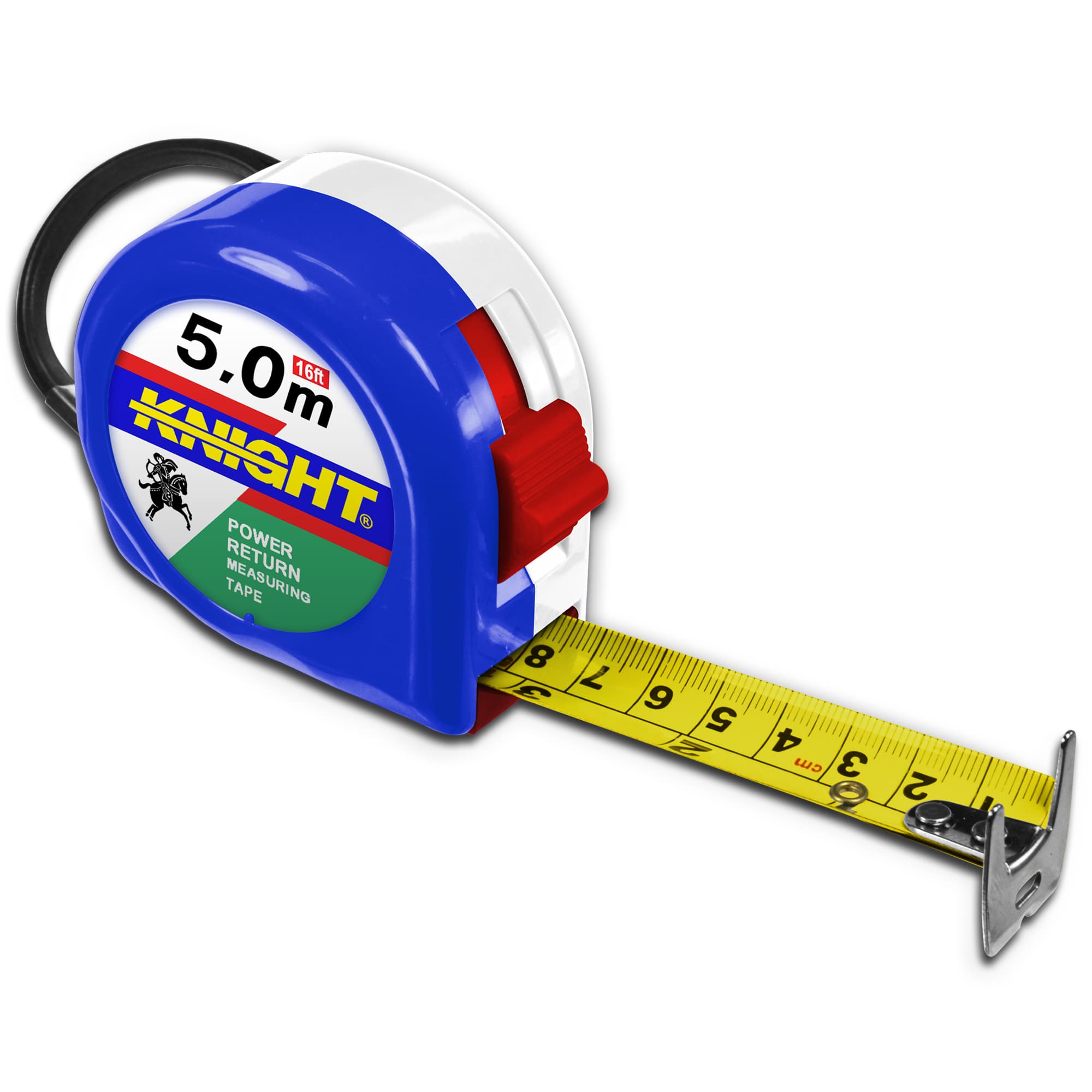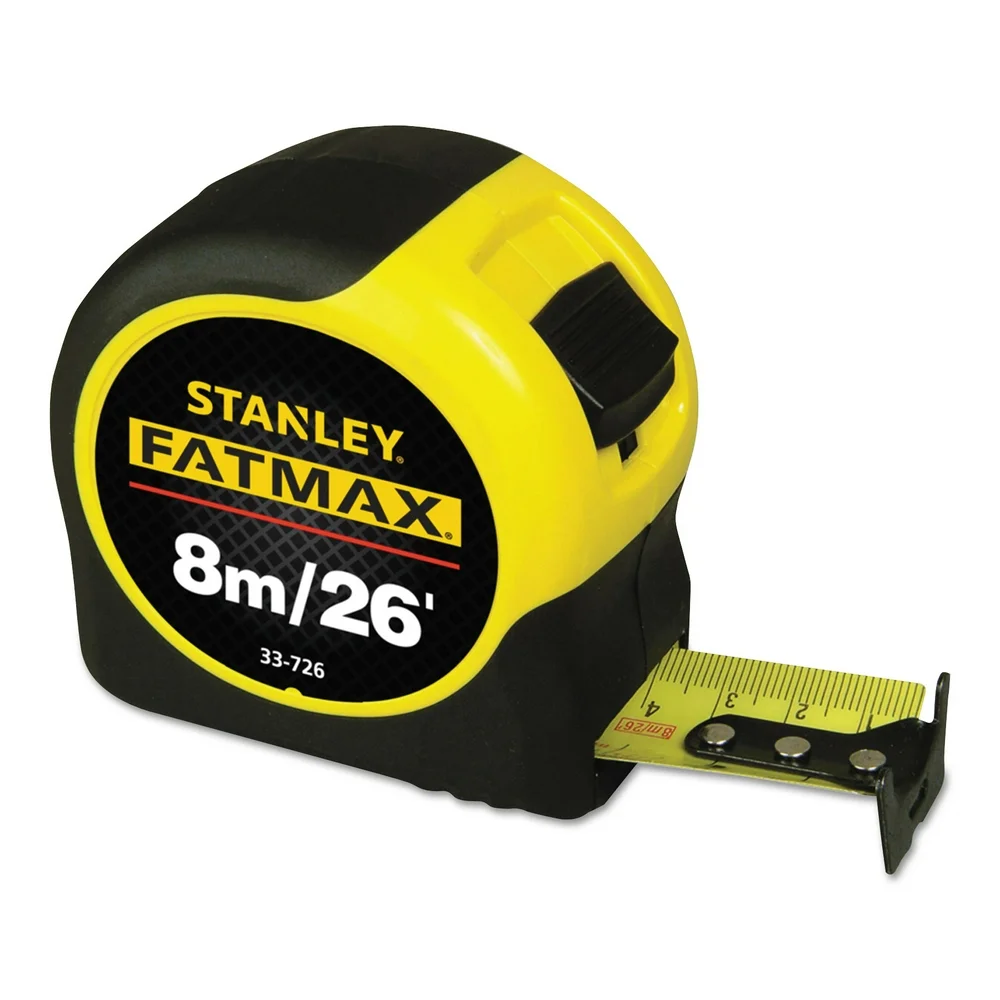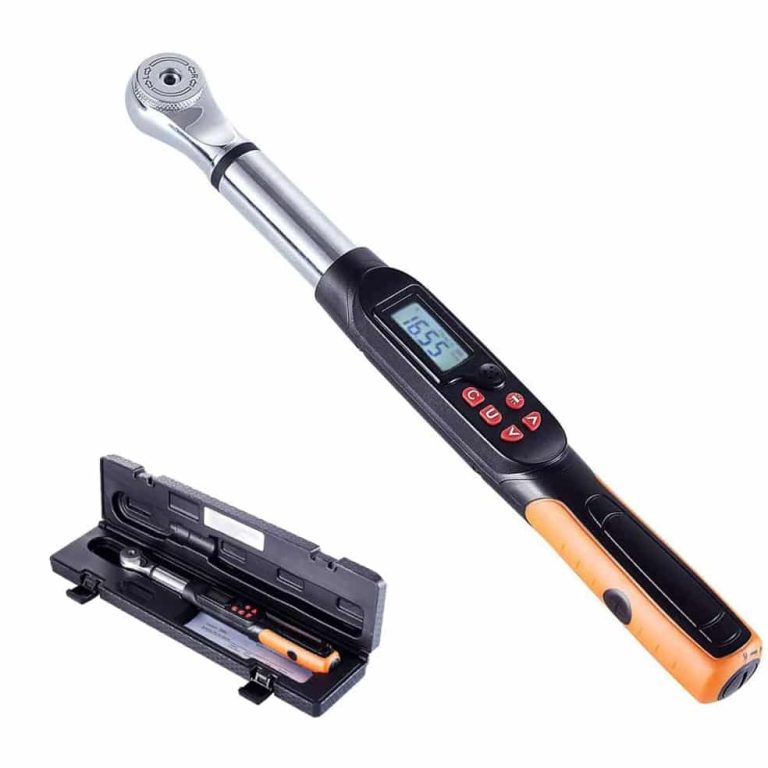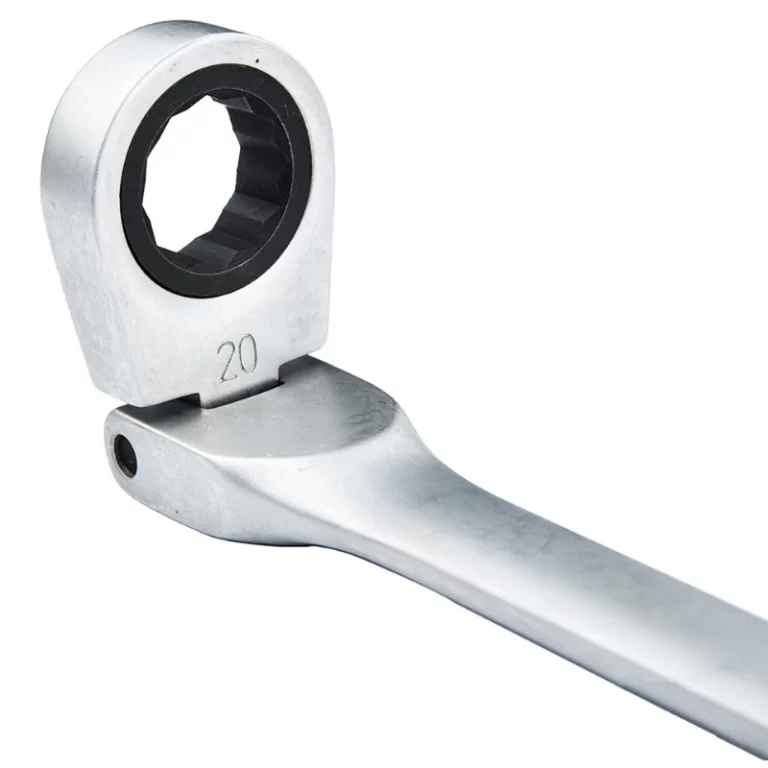
Metric Tape Measure: Your Guide to Master Measurements
When embarking on any project that requires accurate measurements, a metric tape measure becomes an indispensable tool. Whether you are a professional contractor, a DIY enthusiast, or simply need precise measurements for home improvements, understanding the features and benefits of a metric tape measure can significantly enhance your work efficiency and accuracy. In this comprehensive guide, we will explore the various aspects of metric tape measures, including their types, uses, features, and tips for selecting the perfect one for your needs.

Understanding Metric Tape Measures: An Overview
A metric tape measure is a flexible ruler used to measure size or distance. Unlike imperial tape measures, which use inches and feet, metric tape measures utilize the metric system, displaying measurements in centimeters and meters. This makes them particularly useful in countries where the metric system is standard, and for tasks that require precision and ease of conversion.
The Importance of Metric Measurements
Metric measurements are widely recognized for their simplicity and scalability. The decimal-based system allows for straightforward conversions between units, such as converting centimeters to meters or millimeters. This inherent simplicity reduces the likelihood of errors, especially in complex projects that demand high accuracy.
Types of Metric Tape Measures
Metric tape measures come in various types, each designed to cater to different needs and preferences. Understanding these types can help you choose the right tool for your specific requirements.
Retractable Tape Measures
Retractable metric tape measures are the most common type. They consist of a coiled tape housed within a compact case, making them easy to carry and store. The tape retracts automatically after use, thanks to a spring mechanism, which ensures convenience and prevents tangling.
Fixed Blade Tape Measures
Fixed blade metric tape measures feature a rigid metal or plastic blade that does not retract. These tapes are typically used for longer measurements and are favored in applications where durability and strength are paramount, such as construction and heavy-duty tasks.
Steel Tape Measures
Steel metric tape measures are known for their durability and resistance to wear and tear. They are often used in professional settings where longevity and precision are crucial. The steel construction also adds rigidity, making them suitable for measuring tough materials.
Fiberglass Tape Measures
Fiberglass metric tape measures are lightweight and flexible, making them ideal for environments where exposure to moisture or electrical currents is a concern. They are also less likely to kink, ensuring accurate measurements even in challenging conditions.
 Key Features to Consider
Key Features to Consider
Selecting the right metric tape measure involves evaluating several key features that contribute to its functionality and ease of use. Here are some essential factors to consider:
Length and Measurement Range
Metric tape measures are available in various lengths, typically ranging from 1 meter to 30 meters or more. The appropriate length depends on the nature of your projects. For household tasks, a 5-meter or 8-meter tape measure is usually sufficient. For larger construction projects, you might require a longer tape measure to accommodate extensive measurements.
Material and Durability
The material of the tape measure affects its durability and suitability for different tasks. Steel tape measures offer maximum durability but can be heavier. Fiberglass tapes provide flexibility and resistance to environmental factors, while plastic tapes are lightweight and suitable for lighter tasks.
Locking Mechanism
A reliable locking mechanism is crucial for maintaining measurements without accidental retraction. Many metric tape measures come with a locking button or lever that secures the tape in place once extended. This feature is particularly useful when taking detailed measurements or working alone.
Blade Markings and Readability
Clear and precise markings on the tape blade are essential for accurate measurements. High-quality metric tape measures feature easy-to-read numbers and markings, often with contrasting colors to enhance visibility. Some advanced models include additional markings, such as millimeter increments or dual-scale measurements, for greater accuracy.
Case Design and Grip
The design of the tape measure case can significantly impact its usability. Ergonomic designs with a comfortable grip make it easier to handle the tape, especially during extended use. Additionally, a sturdy case protects the tape from damage and ensures longevity.
Hooks and End Caps
The hooks at the end of the tape are designed to catch on objects, enabling precise inside and outside measurements. High-quality metric tape measures feature durable hooks that maintain their shape and functionality over time. End caps made of metal or reinforced materials add extra durability and prevent wear and tear.
Practical Uses
Metric tape measures are versatile tools used in a wide array of applications. Understanding their practical uses can help you maximize their potential and ensure you choose the right type for your needs.
Construction and Carpentry
In construction and carpentry, precision is paramount. Metric tape measures are used to measure lengths, heights, and distances accurately, ensuring that materials are cut and fitted correctly. The durability and reliability of metric tape measures make them ideal for the demanding environments of building sites.
Home Improvement and DIY Projects
For home improvement enthusiasts and DIYers, a metric tape measure is essential for tasks such as measuring spaces for furniture, hanging shelves, or installing fixtures. Its ease of use and accurate measurements facilitate successful project outcomes, whether you are renovating a room or building custom furniture.
Tailoring and Sewing
In the world of fashion and tailoring, precise measurements are crucial for creating garments that fit perfectly. Metric tape measures are used to measure body dimensions, fabric lengths, and other essential elements in the sewing process. Their flexible and accurate design makes them suitable for intricate tailoring tasks.
Engineering and Manufacturing
Engineers and manufacturers rely on metric tape measures for precise measurements in design and production processes. Whether it’s developing prototypes, assembling machinery, or conducting quality control, the accuracy of metric tape measures ensures that specifications are met consistently.
Landscaping and Gardening
Landscape designers and gardeners use metric tape measures to plan garden layouts, measure planting areas, and install features such as patios and fences. The flexibility and precision of metric tape measures make them valuable tools for creating well-designed outdoor spaces.
 How to Choose the Right Metric Tape Measure for Your Needs
How to Choose the Right Metric Tape Measure for Your Needs
Selecting the appropriate metric tape measure involves assessing your specific needs and understanding the features that will best support your tasks. Here are some steps to guide you in making an informed decision:
Determine Your Measurement Requirements
Start by considering the types of projects you will be working on. If you frequently engage in large-scale construction or landscaping projects, a longer tape measure might be necessary. For smaller DIY tasks, a compact tape measure will suffice. Evaluating your measurement range needs helps narrow down your options.
Assess the Environment
Consider the environments in which you will be using the tape measure. If you work in wet or humid conditions, a fiberglass tape measure might be more suitable due to its resistance to moisture. For rugged job sites, a steel tape measure’s durability is advantageous.
Evaluate the Features
Identify the features that are most important to you. If you require precise measurements, focus on tape measures with clear and detailed markings. If you work alone frequently, a reliable locking mechanism becomes essential. Additionally, consider the ease of handling and the comfort of the case design.
Set a Budget
Metric tape measures come in a wide range of prices, from basic models to high-end professional tools. Determine your budget to help filter your choices. While it might be tempting to opt for cheaper options, investing in a quality tape measure ensures longevity and reliable performance.
Read Reviews and Seek Recommendations
Before making a purchase, read reviews and seek recommendations from professionals or experienced users. Feedback from others can provide valuable insights into the durability, accuracy, and overall performance of different metric tape measures, helping you make a more informed choice.
Maintaining Your Tape Measure for Longevity
Proper maintenance is essential to keep your metric tape measure functioning accurately and extend its lifespan. Here are some tips to ensure your tape measure remains in optimal condition:
Regular Cleaning
After each use, wipe the tape measure with a clean, dry cloth to remove dirt, dust, and debris. Keeping the tape clean prevents build-up that can cause wear and tear over time. For tougher stains or residues, a mild detergent solution can be used, but ensure the tape is thoroughly dried afterward.
Proper Storage
Store your metric tape measure in a dry, cool place away from direct sunlight and moisture. Avoid leaving it in environments with extreme temperatures, as this can affect the tape’s flexibility and accuracy. Keeping it in its case when not in use protects the tape from damage and tangling.
Avoid Overextending the Tape
While it might be tempting to extend the tape measure beyond its maximum length, doing so can cause the tape to bend or snap. Always adhere to the recommended measurement range to maintain the integrity of the tape and prevent premature wear.
Handle with Care
Treat your metric tape measure gently to avoid accidental drops or impacts that can bend or damage the tape. Being mindful of how you handle the tool ensures that it remains in good working condition for extended periods.
Regular Inspection
Periodically inspect your tape measure for signs of wear, such as frayed edges, bent hooks, or damaged markings. Addressing these issues early on can prevent further damage and ensure that your measurements remain accurate.
 Innovative Features in Modern Tape Measures
Innovative Features in Modern Tape Measures
Advancements in technology have led to the development of metric tape measures with innovative features that enhance their functionality and ease of use. Here are some of the latest innovations to look out for:
Dual-Scale Measurements
Some metric tape measures offer dual-scale measurements, allowing users to switch between metric and imperial units effortlessly. This feature is particularly useful for professionals who work with both systems, providing greater flexibility and convenience.
Laser Measurement Integration
Modern metric tape measures may incorporate laser measurement technology, enabling quick and accurate measurements without the need for manual tape extension. Laser integration enhances precision and speed, especially for large-scale projects where traditional measuring methods may be time-consuming.
LED Lighting
Integrated LED lights are becoming a popular feature in metric tape measures, providing illumination in low-light conditions. This addition enhances visibility, ensuring accurate measurements even in dimly lit environments.
Magnetic Hooks
Metric tape measures with magnetic hooks offer enhanced functionality by allowing the tape to stay in place on metal surfaces. This feature is particularly useful for applications where anchoring the tape to a fixed point is necessary, improving accuracy and ease of use.
Compact and Ergonomic Designs
Manufacturers are focusing on creating more compact and ergonomic designs that make metric tape measures easier to carry and operate. Lightweight materials and streamlined cases contribute to the overall portability and user comfort, making these tools more convenient for daily use.
Comparing Tape Measures to Imperial Alternatives
While metric tape measures are widely used in regions that adopt the metric system, understanding how they compare to their imperial counterparts can provide valuable context for making an informed choice.
Measurement Units
The most obvious difference between metric and imperial tape measures is the unit of measurement. Metric tapes use centimeters and meters, which are part of a decimal-based system, while imperial tapes use inches and feet. The simplicity of the metric system often makes it easier to perform conversions and calculations.
International Use
Metric tape measures are standard in most countries around the world, making them essential for international projects and collaborations. Imperial tapes, on the other hand, are primarily used in the United States and a few other countries that adhere to the imperial system.
Precision and Readability
Metric tape measures typically offer greater precision due to the smaller units of measurement (millimeters). This makes them ideal for tasks that require high accuracy. Additionally, the clear and consistent markings on metric tapes enhance readability, reducing the likelihood of measurement errors.
Availability and Variety
Both metric and imperial tape measures are widely available, but the choice often depends on regional preferences and industry standards. In fields where global standards are prevalent, such as engineering and manufacturing, metric tapes are more commonly used.
Compatibility with Tools and Equipment
Metric tape measures are generally more compatible with modern tools and equipment that adhere to metric standards. This compatibility ensures seamless integration and accuracy in measurements across various applications and devices.
Common Mistakes to Avoid
Avoiding common pitfalls can enhance your experience with metric tape measures and ensure that your measurements are always accurate and reliable.
Not Holding the Tape Firmly
Failing to hold the tape measure firmly can result in skewed measurements. Maintain a steady grip to prevent the tape from slipping or moving during the measurement process.
Ignoring the Zero Point
Overlooking the zero point when starting your measurement can lead to significant inaccuracies. Always ensure that the tape starts precisely at zero to maintain measurement integrity.
Using Damaged Tape Measures
Using a tape measure with damaged hooks, bent blades, or faded markings can compromise accuracy. Regularly inspect your metric tape measure and replace it if any damage is detected to ensure reliable measurements.
Forgetting to Lock the Tape
Neglecting to engage the locking mechanism can result in the tape retracting prematurely, making it difficult to read the measurement accurately. Always lock the tape in place before taking your reading.
Not Accounting for Blade Thickness
When measuring internal spaces, remember to account for the thickness of the tape measure’s blade. This ensures that your measurement reflects the actual internal distance without being artificially shortened by the tape’s width.
Overlooking Temperature Effects
Extreme temperatures can affect the flexibility and accuracy of the tape measure. Avoid using the tape measure in excessively cold or hot environments, as this can cause the tape to expand or contract, leading to inaccurate measurements.
 Enhancing Productivity
Enhancing Productivity
Using a metric tape measure effectively can significantly enhance your productivity by streamlining the measurement process and reducing the likelihood of errors. Here are some strategies to maximize productivity with your metric tape measure:
Integrate with Digital Tools
Pair your metric tape measure with digital tools such as laser distance meters or smartphone apps that assist in recording and converting measurements. This integration can speed up the measurement process and facilitate easy data management.
Organize Your Workspace
Keep your tape measure easily accessible and organized within your workspace. A designated storage spot ensures that you can quickly retrieve the tool when needed, minimizing downtime and maintaining workflow efficiency.
Develop a Measurement Routine
Establishing a consistent measurement routine helps in maintaining accuracy and efficiency. Develop habits such as always measuring twice, starting at zero, and locking the tape to ensure reliable and quick measurements.
Use Marked Measurements for Repetition
For tasks that require repeating the same measurement multiple times, mark the measured length on the tape. This practice saves time and ensures consistency across different parts of the project.
Train and Educate
Ensure that everyone involved in a project is familiar with the proper use of metric tape measures. Training and education can prevent common mistakes and enhance the overall accuracy and efficiency of the measurement process.
Conclusion
A metric tape measure is more than just a simple measuring tool; it is a vital instrument that enhances precision, efficiency, and versatility across a wide range of applications. By understanding the various types, features, and best practices associated with metric tape measures, you can select the perfect tool that aligns with your specific needs and projects.

